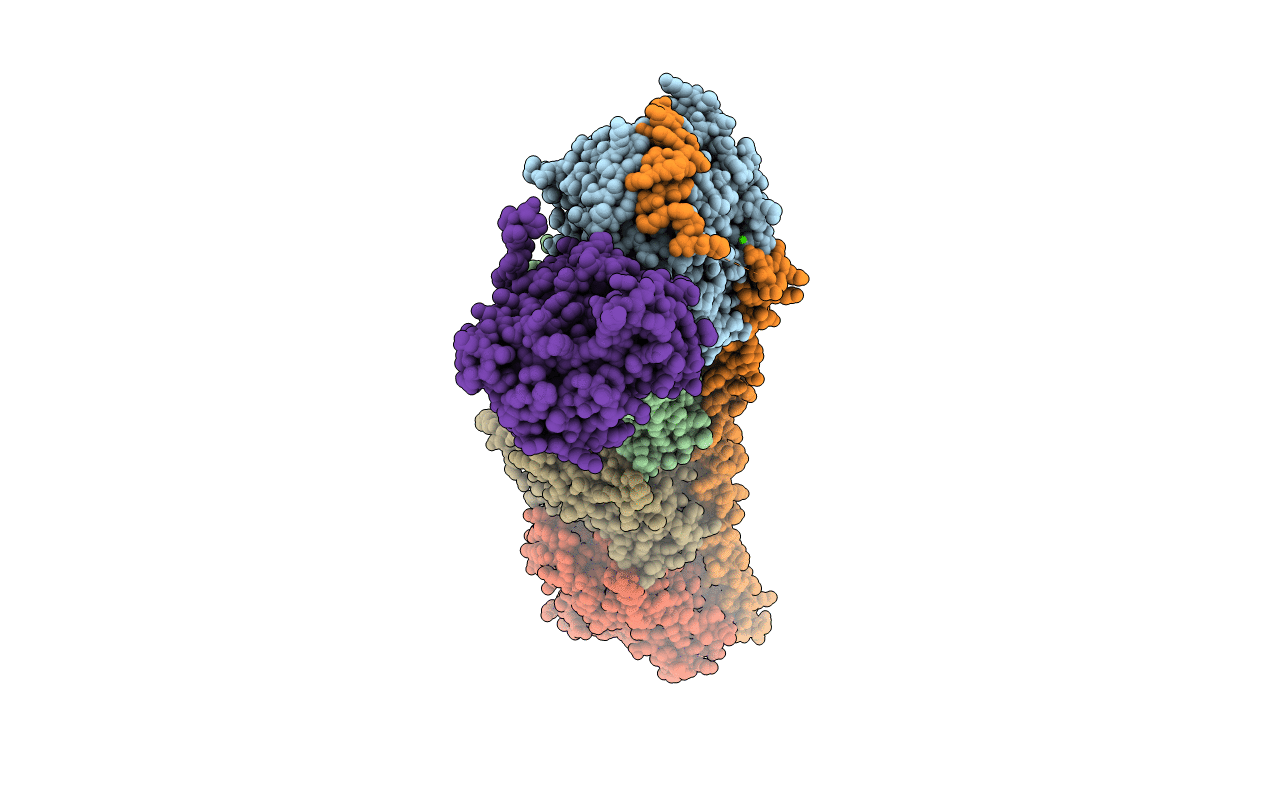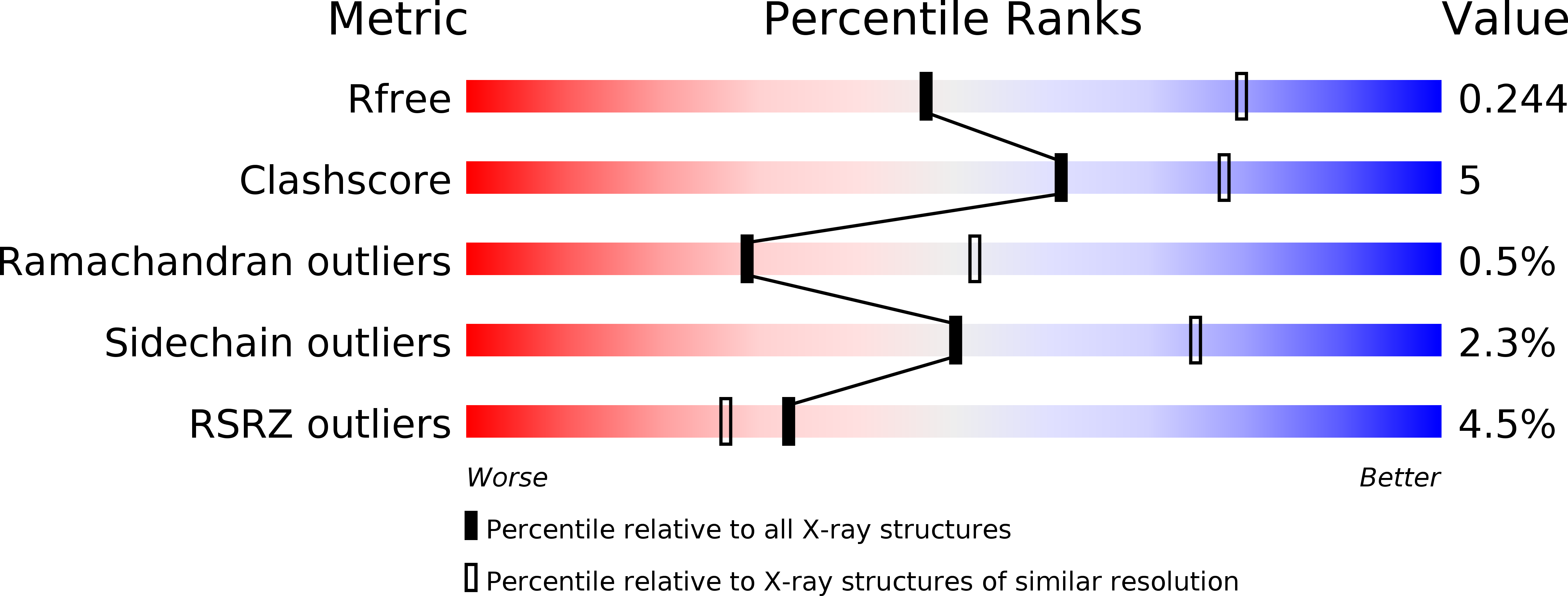
Deposition Date
2018-11-17
Release Date
2019-11-13
Last Version Date
2024-03-13
Entry Detail
Biological Source:
Source Organism:
Sus scrofa (Taxon ID: 9823)
Bos taurus (Taxon ID: 9913)
Rattus norvegicus (Taxon ID: 10116)
Gallus gallus (Taxon ID: 9031)
Bos taurus (Taxon ID: 9913)
Rattus norvegicus (Taxon ID: 10116)
Gallus gallus (Taxon ID: 9031)
Host Organism:
Method Details:
Experimental Method:
Resolution:
2.60 Å
R-Value Free:
0.24
R-Value Work:
0.20
R-Value Observed:
0.20
Space Group:
P 21 21 21


